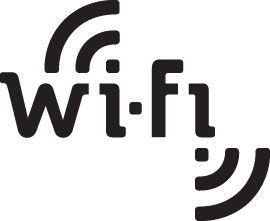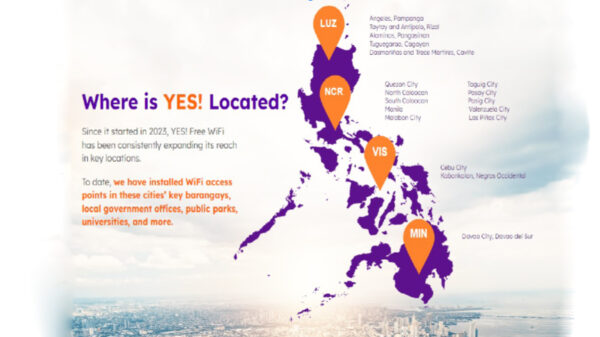With their cellular networks strained to the breaking point by the deluge of data traffic generated by smartphones, wireless operators are striving to offload traffic to Wi-Fi networks by using next-generation 802.11 2×2 Multiple-In Multiple-Out (MIMO) technology, according to IHS Technology.
MIMO technology employs multiple antennae at both the transmitter and receiver ends in order to improve communication range and performance between devices. Smartphone original equipment manufacturers (OEMs) are gravitating to 2×2 MIMO technology, which employs two transmitter antennae and two receiver antennae. The improved capabilities of 2×2 MIMO make Wi-Fi a suitable alternative to 3G and 4G wireless networks.
Smartphone sensation
The MIMO opportunity is monumental even for smartphones alone, given worldwide unit shipments of smartphones surpassing1 billion units in 2013. This figure will almost double to 1.9 billion in 2018, and a total of 96 percent of all mobile handsets in 2018 will support Wi-Fi and Bluetooth.
“With shipments of its Galaxy S5 starting last month, Samsung became the first company to offer a smartphone that supports 802.11 2×2 MIMO,” said Stephanie Gibbons, senior connectivity analyst for IHS. “Other handset OEMs are expected to follow Samsung’s lead, due to a growing need for better-performing Wi-Fi in smartphones, in order to supplement cellular networks.”
Increasing Wi-Fi adoption
While MIMO technology is just getting off the ground in smartphones, the prospects for increasing Wi-Fi adoption overall is massive. Global shipments of Wi-Fi-enabled devices into the consumer and enterprise markets are set to rise to 3.5 billion units in 2018, up from 2.2 billion in 2013, as presented in the attached figure. Products included in this forecast include cellphones, tablets, desktop PCs, mobile PCs, home consumer electronic devices, portable consumer electronic devices, and automotive infotainment systems.












































































































